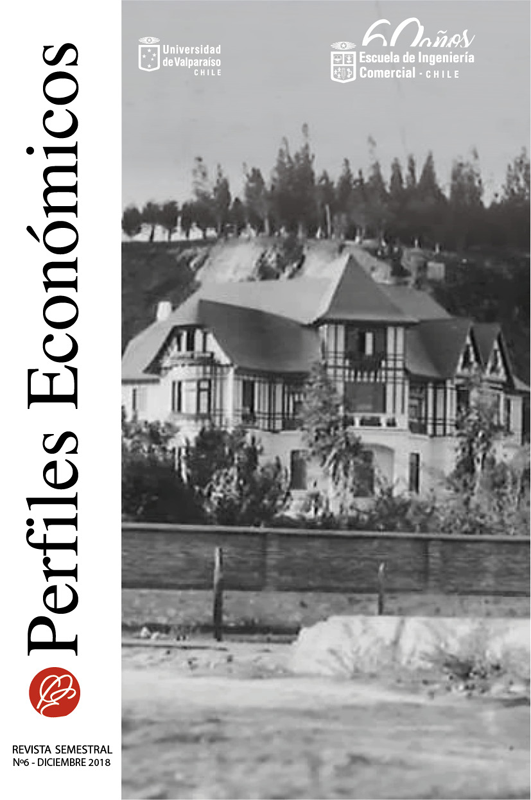La Sociedad de Fomento Fabril y los Desafíos de los años 30: entre la Turbulencia Política y el Liderazgo Gremial
DOI:
https://doi.org/10.22370/rpe.2018.6.1391Keywords:
Empresarios, SOFOFA, CPC, fomentoAbstract
La primera mitad de la década de 1930 fue compleja para las elites económicas y las asociaciones empresariales. Los agudos problemas sociales, políticos y económicos desencadenados desde la Gran Depresión y la posterior caída del gobierno de Carlos Ibáñez del Campo repercutieron con fuerza en el mundo empresarial y sus tradicionales organizaciones. La vorágine de cambios de gobierno, la ampliación de las atribuciones estatales para promover el desarrollo económico, las instituciones de control de precios y la legislación social dan cuenta de la profundidad del cambio social y político que experimentó el país.Este artículo analiza el proceso de reacción y rearticulación empresarial frente a un cuadro social y político adverso que culminó en la formación de la Confederación de la Producción y el Comercio (CPC). Nos interesa destacar que en el transcurso de los años treinta SOFOFA asumió crecientemente un liderazgo gremial que la posicionó como la asociación empresarial más activa en defensa de los intereses de los empresarios nacionales.
Downloads
Downloads
Published
How to Cite
Issue
Section
License
Those authors who have publications with this journal accept the following terms:
1.- Authors will retain their copyright and grant the journal the right of first publication of their work, which will simultaneously be subject to the Creative Commons Attribution License (CC BY-NC-ND 4.0 International) https://creativecommons.org/licenses/by-nc-nd/4.0/deed.es which allows third parties to share, copy and redistribute the material in any medium or format.
- Attribution: credit must be given appropriately, provide a link to the license, and indicate if changes have been made. It may be done in any reasonable manner, but not in such a way as to suggest that the use is supported by the licensor.
- Non-Commercial: No use of the material may be made for commercial purposes.
- No Derivatives: Any remix, transformation or creation from the material, the modified material may not be distributed.
- No Additional Restrictions: No legal terms or technological measures may be applied that legally restrict others from making any use permitted by the license.
2.- Authors may adopt other non-exclusive license agreements for distribution of the published version of the work (e.g., depositing it in an institutional telematic archive or publishing it in a monographic volume) as long as the initial publication in this journal is indicated.
3.- Authors are allowed and encouraged to disseminate their work through the Internet (e.g., in institutional telematic archives or on their web page) before and during the submission process, which can produce interesting exchanges and increase citations of the published work. (See The Open Access Effect).









